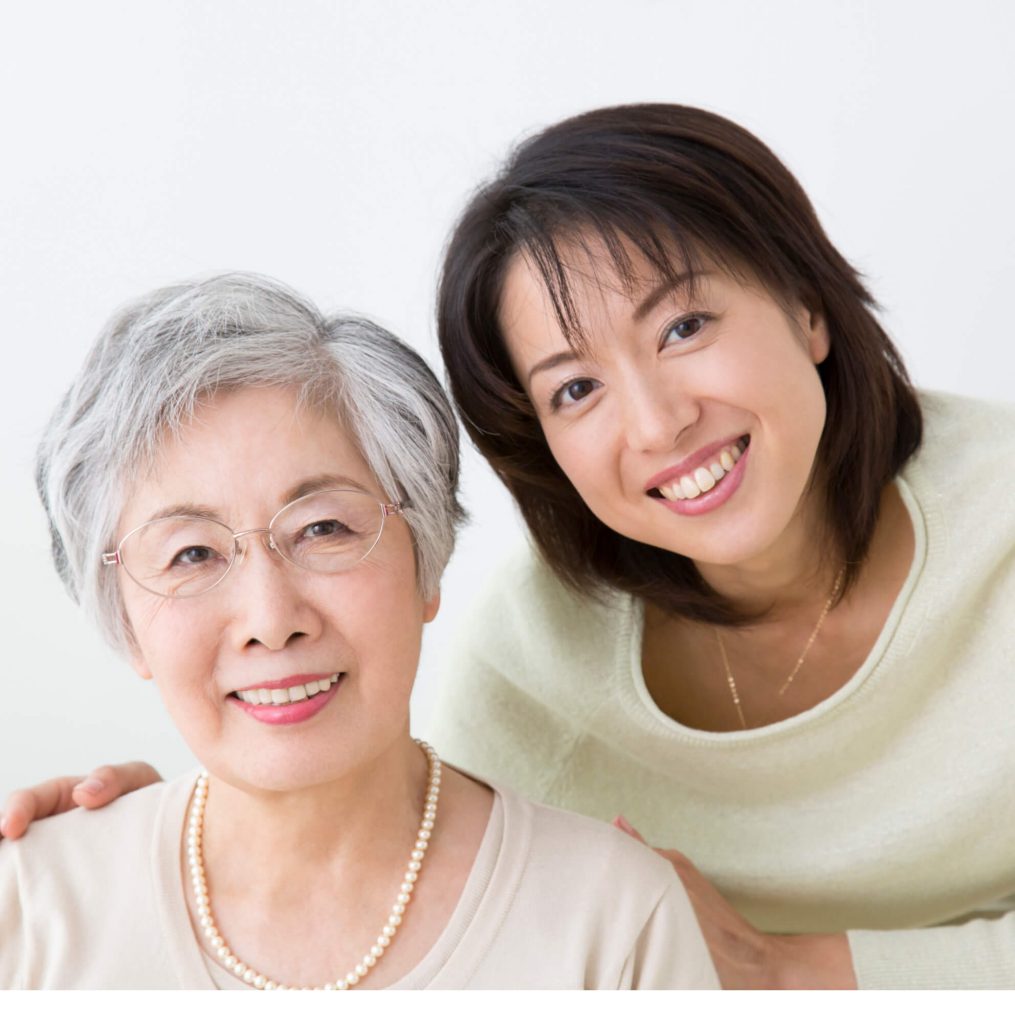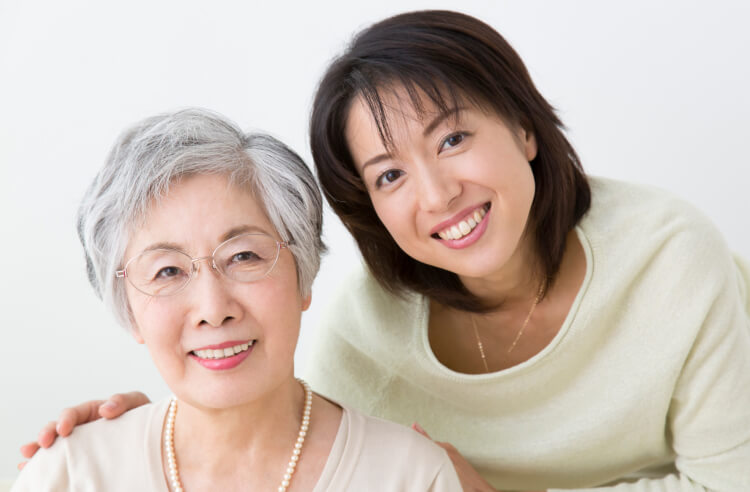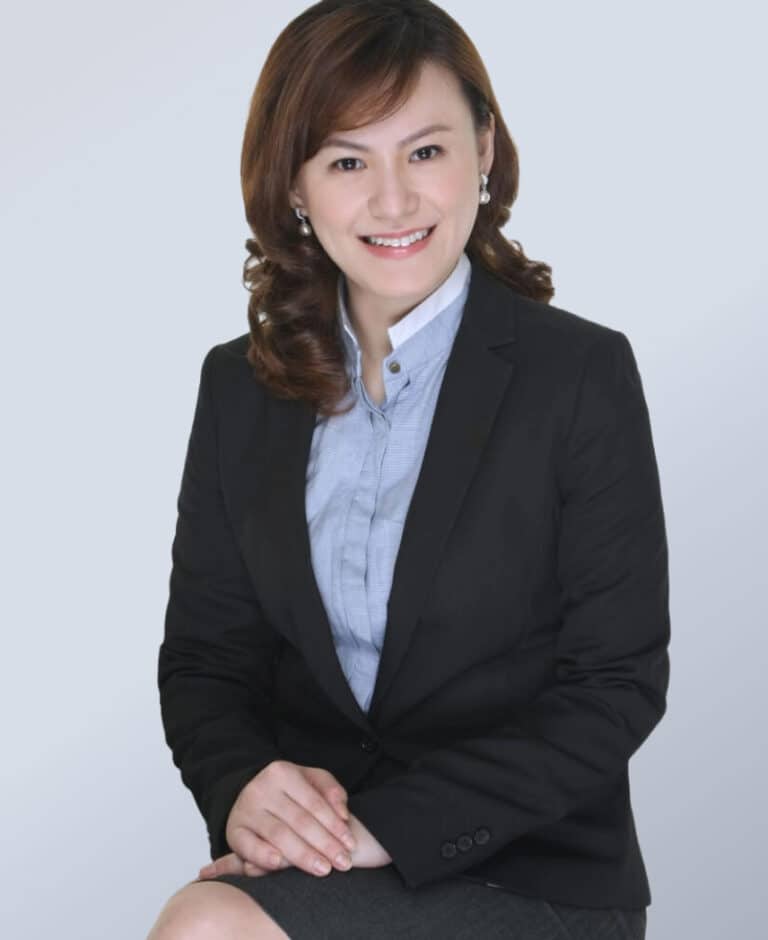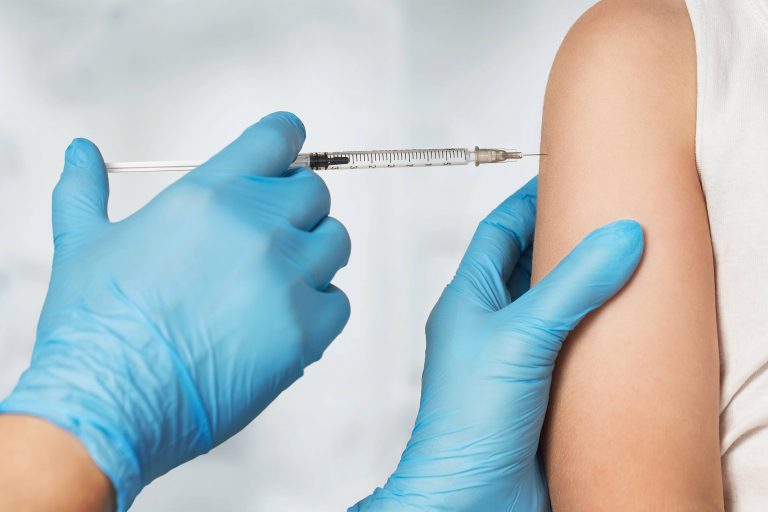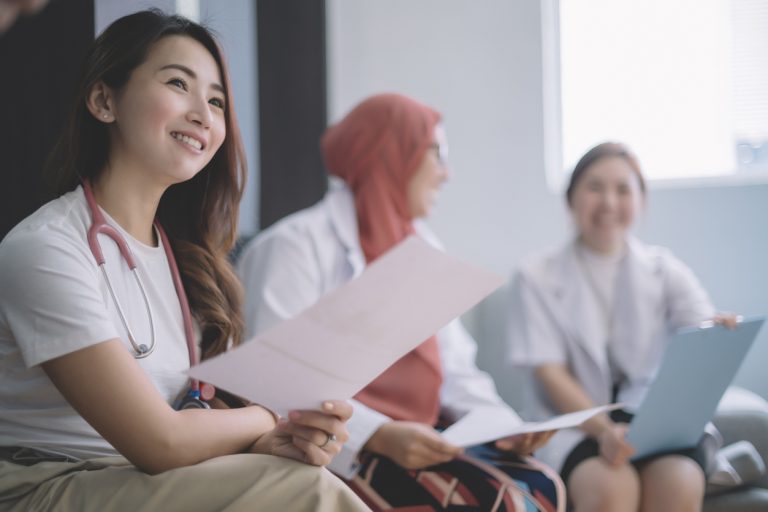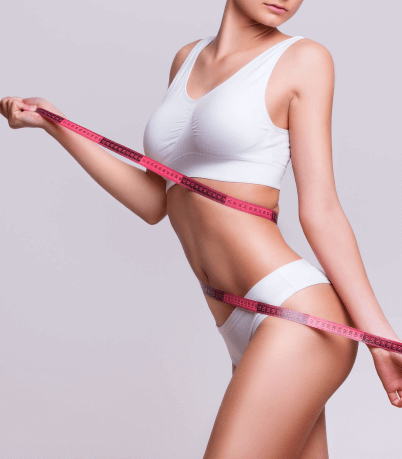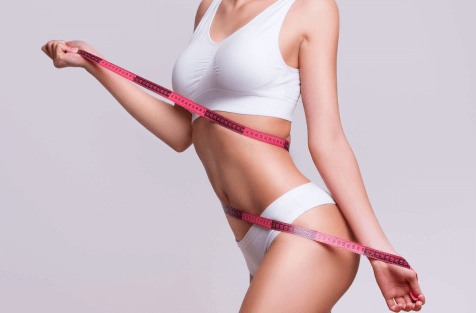Why Is Breast Cancer Screening Important?
Breast cancer is the most commonly occurring cancer among women in Singapore, affecting approximately 1 in 11 women in their lifetime. However, in most cases, breast cancer does not produce any symptoms. Hence, early detection through regular mammograms and breast ultrasounds is the key to surviving breast cancer.
Our Approach To Breast Cancer Screening
The goal of breast cancer screening is to identify cancer before it causes signs and symptoms.
Mammograms
A mammogram is essentially an x-ray examination of the breast. It is currently one of the most reliable screening methods for breast cancer.
The x-ray image makes it possible to detect cancerous tumours that cannot be felt by hand or lumps in the breast that are not yet cancerous but may eventually grow into cancerous tumours.
How is a mammogram done?
During the mammogram screening, you will stand in front of a special x-ray machine. Each breast will be placed between the 2 planes of the machine and subsequently compressed. This helps flatten the breast tissue, allowing appropriate imaging of the breast. The same steps will be repeated with the angle of the machine changed to get a side view of the breasts.
The x-ray takes about 10-15 seconds and the whole mammogram screening procedure takes around 30 minutes.
How to prepare for a mammogram?
To prepare for a mammogram, take note of the following:
- Schedule your test at least one week after your menstrual period, when your breasts are less tender and sensitive. This is to minimize any discomfort during compression of the breasts.
- On the day of the test, do not use or apply anything such as deodorant, perfume, powder, or ointment in the underarm area or on your breasts as this may affect the x-ray.
- Wear a comfortable two-piece outfit as you will need to undress to the waist.
In addition to the above, follow any other instructions given to you by your doctor.
2D vs 3D mammograms
Both 2D and 3D Mammograms use a low-dose x-ray machine to examine the breast and release about the same amount of radiation. The experience of having a 3D mammogram will feel the same as with a 2D mammogram, but 3D mammography screening takes a little longer.
The difference lies in how they take the x rays:
- A 2D mammogram takes pictures of each breast from the front and the side to create a single image.
- A 3D mammogram takes multiple pictures of each breast from different angles showing each layer of breast tissue. A computer puts the images together to create a 3D view of each breast.
Benefits of mammogram
The benefit of a screening mammogram is identifying breast cancer early. Breast cancers found during screening tests are likely to be smaller and still confined to the breast, making them easier to treat.
Risks of a mammogram
During a mammogram, your breasts are exposed to a small amount of radiation. However, the benefits of screening and early detection are thought to outweigh the risks of having an x-ray.
Following the screening, some women may be called back for further assessment if their mammogram was unclear. This might be due to the density of breasts. Breast tissue is composed of milk glands, milk ducts, dense breast tissue and fatty tissue. Dense breasts have greater amounts of dense breast tissue than fatty tissue. As both dense breast tissue and cancers appear white on a standard mammogram, this may make breast cancer more difficult to detect in dense breasts. Sometimes, an abnormality that looks like cancer may be picked up, but on further investigations, it turns out to be normal.
Breast Digital Tomosynthesis (3D mammogram) may be more appropriate as a screening tool if you have a history of dense breast tissue as it allows doctors to see beyond the areas of density. It appears to lower the chance of being called back for follow-up testing.
Can a mammogram detect all breast cancers?
A mammogram is the primary screening tool for women who display no symptoms of the disease. While it is effective in identifying breast cancer in women aged 50 and above, not all breast cancers can be detected on a mammogram – especially in younger women who have denser breast tissue. For this group of younger women, Breast Digital Tomosynthesis (3D mammogram) may be explored as an option.
Breast Ultrasound
A breast ultrasound is an imaging test that uses sound waves to examine the inside of your breasts.
An ultrasound is often used to find out if a problem identified by a mammogram or physical examination of the breast is a cyst filled with liquid or a solid tumour.
How is an ultrasound done?
During the ultrasound, you will lie on your back and a warm water-based gel will be applied to the area being examined. A wand-like device called a transducer is placed on the skin and moved over the breasts until the desired images are captured.
The ultrasound procedure takes approximately 10-30 minutes.
How to prepare for an ultrasound?
To prepare for a breast ultrasound, take note of the following:
- It’s important to avoid applying powders, lotions, or other substances on your breasts on the day of the test. This can interfere with the accuracy of the test.
- Wear clothing that you can easily remove. The gel applied to your skin during the test does not stain clothing, but you may want to wear older clothing just in case.
In addition to the above, follow any other instructions given to you by your doctor.
Benefits of an ultrasound
Ultrasound imaging has no risk of radiation, making it safe for pregnant women.
It also helps detect and classify a breast lesion that cannot be interpreted adequately through mammography alone.
Risks of an ultrasound
An ultrasound may miss small lumps or solid tumours that are commonly found with mammography.
Breast self-examinations (BSE)
It is good practice to do a self-examination every month.
However, a mammogram is more sensitive and accurate in detecting changes in breast tissues even before they can be felt. Hence, we encourage you to continue with your regular self-examinations but to also go for your mammogram when you are due for it.
For those currently doing self-examinations but are not sure if you are doing it right or for those yet to do so, here are a few easy steps to guide you:
- Look: Put your hands on your hips and look out for changes in breast shape, skin surface, and nipple abnormalities. Raise your arms above your head to look for changes (especially dimples) on the underside of your breast.
- Touch: Touch and feel each breast using your middle 3 fingers, moving in a circular motion from the outer area towards the nipple. Gently squeeze your nipple to check for any discharge.
- Check: Check for lumps by examining each breast from your armpit to your cleavage by applying different degrees of pressure.
The best time to examine your breasts is 7 to 10 days after the start of your period when your breast are least tender and swollen.
Who Should Get Screened For Breast Cancer?
- Women aged between 40-49 years should consider an annual breast screening
- Women aged 50 years old and above should go for a breast screening once every two years
- If you have not had a mammogram and you are over 40, schedule an appointment with us.
FAQs about Breast Cancer Screening
-
Why is the screening frequency for women aged 40-49 different from women above the age of 50?
Women above the age of 50 usually have breast tissues that are less dense, making abnormal tissues easier to detect through a mammogram. If no abnormalities are detected, the chances of cancer developing in between screens (every two years) are low although not impossible.
However, for women between the ages of 40 to 49, the breast tissues are denser and a mammogram may not be able to detect abnormal tissues as well. Hence, women in this age range are recommended to screen more frequently, so any changes in the breast tissues in between screens (every one year) can be better detected.
The other option for this group of women is to consider Digital Breast Tomosynthesis which is a 3D mammogram as discussed above.
-
Should I get a mammogram or an ultrasound?
Mammograms are an effective screening test, offering the most information for women who do not have any symptoms of breast problems.
Meanwhile, a breast ultrasound is generally used for diagnostic reasons, such as when a mammogram reveals suspicious density in the breast.
A breast ultrasound is often used in conjunction with a mammogram. However, if you are pregnant or have denser breasts, an ultrasound is used instead of a mammogram.
-
What does a lump in your breast feel like?
Breast cancer lumps don’t all feel the same. You should get your lump examined whether or not it displays the following characteristics.
Most commonly, a cancerous lump in the breast:
- Is a hard mass
- Is painless
- Has irregular edges
- Is immobile (doesn’t move when pushed)
- Appears in the upper outer portion of your breast
- Grows over time
-
How do you tell if you have breast cancer?
Common symptoms of breast cancer include:
- New lump in the breast or underarm (armpit)
- Thickening or swelling of part of the breast
- Irritation or dimpling of breast skin
- Redness or flaky skin in the nipple area or the breast
- Pain in the nipple area
- Nipple discharge other than breast milk, including blood
- Any change in the size or the shape of the breast
- Pain in any area of the breast
It is important to note that different people experience different symptoms of breast cancer. Some people do not have any signs or symptoms at all.
Keep in mind that these symptoms can happen with other conditions that are not cancer. If you are worried, it is best to consult your doctor right away.
-
Why does my breast hurt when I press it?
Breast pain, also known as mastalgia, is common and accounts for 45-70% of breast-related health care visits. The good news is that most causes of breast pain are benign (non-cancerous) and usually related to hormonal changes in your body or something as simple as a poorly fitting bra.
Here are the most common reasons behind breast pain:
- Hormonal fluctuations due to menstruation or pregnancy
- Breast injury
- Unsupportive bra
- Breastfeeding
- Side effect of some medications
- Breast cysts
It’s unusual for breast cancer to cause pain, although not impossible. If you are experiencing persistent breast pain, do schedule an appointment with a doctor.
About Fusion Medical
Fusion Medical was set up in the year 2015. Our founders, being passionate about offering one-stop quality healthcare services at affordable rates, decided to set up an Executive Medical Centre equipped with diagnostic and imaging equipment under one roof to provide convenience to our patients. Diagnostic and imaging equipment include X-Ray, Ultrasound, Treadmill, Echocardiogram, Tonometry, Mammogram, Retinopathy and Bone Densitometry.
Visit Us
Start your skin health restoration journey with us today!
Fusion Medical @ Wheelock
501 Orchard Rd #04-11, Singapore 238880
Mon-Fri :8:30am – 5:30pm
Sat :8:30am – 1:00pm
Sun / PH :Closed
Fusion Medical @ Fusionopolis
1 Fusionopolis Link, #01-05 Nexus
@ One-North , Singapore 138542
Mon-Fri :8:30am – 5:30pm
Sat/Sun / PH :Closed
Why Choose Fusion Medical
We Make Things Easy For You
Our clinic is centrally located in Wheelock Place, giving you easy access to quality healthcare services whenever you need it. Appointments are easy, too. Request an appointment online or call us.
Female Doctors Who Understand You
Our female doctors offer a broad range of screening and medical services, personalised just for you. Doctor-patient relationships can last a lifetime, and we believe that it is important to have a doctor who truly understands you. We strive to do the best we can to make you feel comfortable.
Fully Equipped Clinic
We are committed to meeting your specific needs at our clinic. Our clinic is fully equipped with diagnostic and imaging equipment to provide one-stop convenience for you.
